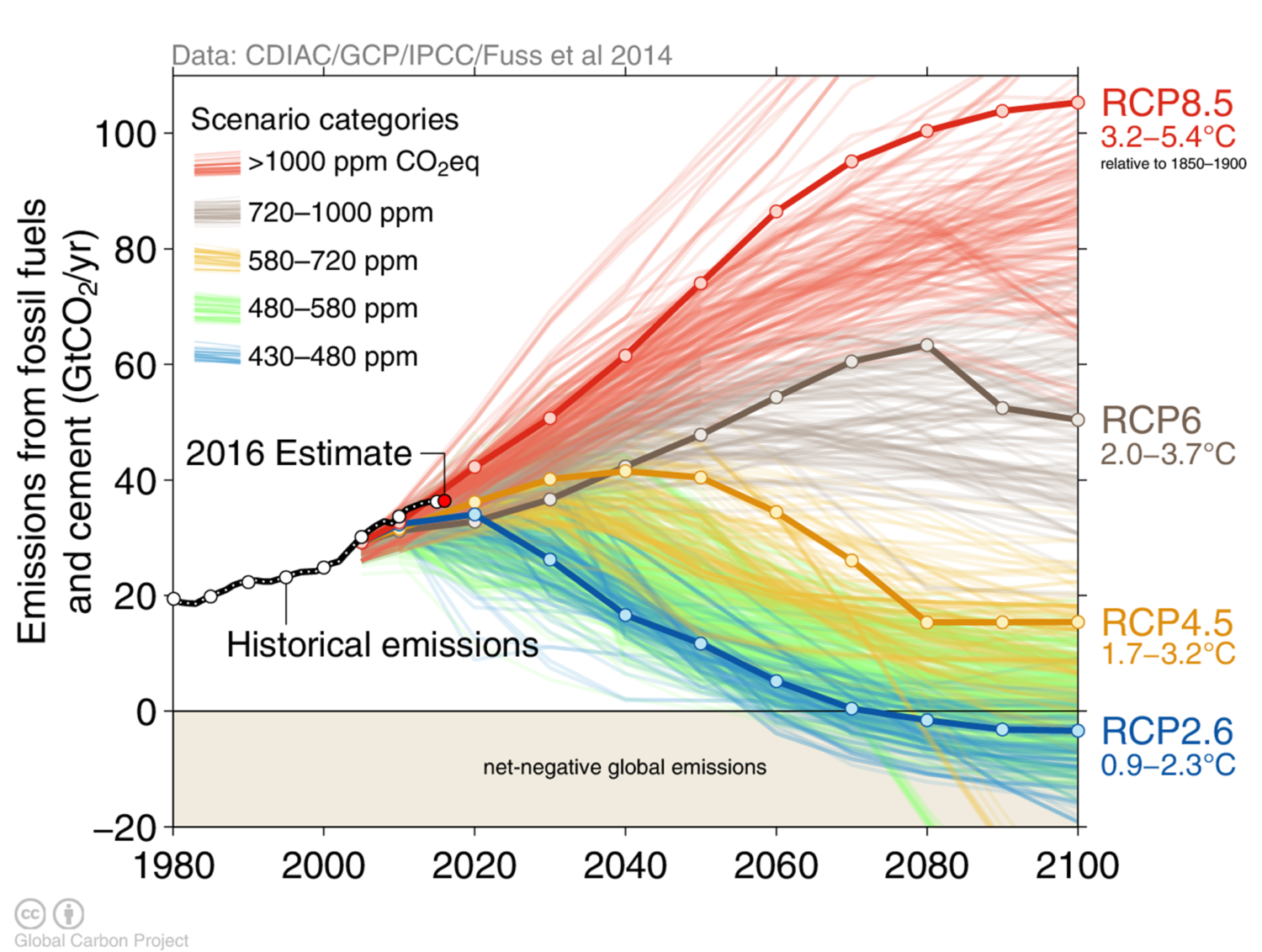

I’d say no in general, but I hold the reins very loosely . . .
retired engineer, former sailor, off grid, gamer, in Puerto Rico. Moderating a little bit.


I’d say no in general, but I hold the reins very loosely . . .


There is a new process for treating wastewater sludge that destroys the microfibers, so that is good news at least. I think it may be expensive, of course. It is called “hydrothermal carbonization”. Basically put the sludge in a giant pressure-cooker and the heat breaks the plastics into carbon and some water-soluble residual molecules which can go back to the start of the wastewater treatment plant to be biodegraded. But like others say, the main source in general is tires - not sure if they know whether tire microplastics are the main source in agricultural land though.


From the immortal Journal of Irreproducible Results, “The Data Enrichment Method”: “. . .its principal shortcoming is that before the enrichment process can be started, some data must be collected. It is quite true that a great deal is done with very little information, but this should not blind one to the fact that the method still embodies the ‘raw-data flaw’. The ultimate objective, complete freedom from the inconvenience and embarrassment of experimental results, still lies unattained before us.”


I have heard this, and I can imagine it is true, but have you seen any analysis? There must be a large crew traveling and lots of equipment - transportation is a big user of petroleum in general – for entertainment. Though they say the entertainment is good.


Swimming pools are normally constructed empty. They were withstanding surrounding soil before they were filled, and concrete strength increases with age (for about 90 days, typically). On the other hand, a sunken structure like a pool that is roofed over, becomes a “confined space”. Unlike a typical structure, heavier-than-air gases cannot escape from the pool. Such gases could originate from the drain system or flow from leakage outside the pool area. For examples, leaking propane or various gases from sewer lines in the vicinity. A sunken greenhouse would almost certainly be a building code violation for that reason. If you build it, ventilate it by means both active and passive and do not enter if you can’t verify that ventilation is working.


the ultimate run-away train! No matter how impossibly big it is, it just grew infinitely bigger in the past second.


It is not a surprising situation at this point - oil and gas companies already had a large available supply of CO2 from “sweetening” of natural gas. We have to understand the dramatic difference between “capturing” CO2 - meaning capturing from a point source like a stack or process - and “removing” CO2 - meaning removing it from the atmosphere. In normal use, these terms have such similar meanings that it is very easy for nefarious actors to conflate them. It is very easy for regulators to become confused. It is very easy for the oil and gas industry to take advantage of the situation. I think the key solution is education.
The technology to capture CO2 from industrial streams where it is already concentrated, is quite different that removal. Advances in capture technology are only stop-gap and can be better driven by strong enforcement of ever-tighter emission limits than subsidizing of costs.


maybe space is the graviton field itself(!), but maybe there is a graviton field (or is it the Higgs field?) and gravitons (and Higgs particles?) are excitations of that field; like other particles are excitations of their various postulated quantum fields


I think mineralization is simply a broader category and enhanced weathering approaches are using the crushed rock directly. There are also mineralization methods that are based on electrochemical techniques using seawater as the mineral source, and sometimes using crushed rock for the mineral source (but not directly as the CO2 adsorbent).


This is a nice informative video. I wish the creator would tell us his qualifications - though at the end he does refer to a source for his ideas - Living Web Farm (which I have not checked out).
He states several times in the video that crushing biochar is detrimental, and maybe he is right. But the high porosity of biochar is a microscopic feature which may or may not be affected by breaking up the char. In the related material, activated carbon, particle size is chosen on the basis of optimizing flow of air or water through the media, not because it has any effect on the capacity of the carbon to adsorb. So put a pin in that point - it may be inaccurate. Big pieces may take longer to adsorb AND release nutrients. The interior of big pieces may not be accessible to plants or fungi (though in the fullness of time the carbon pieces will break smaller and smaller).
Biochar is becoming one of the most common and discussed ways of CDR - it is so accessible to the average person in many variants. I suspect that in the long run, the means of making char will become much more sophisticated and the gas produced by pyrolysis will become a valued product itself - not something that we’d want to burn. But that is for another decade or two . . .


How often in the software industry is the title “engineer” a sop to give applicants a flashy title; and how often is there actual engineering involved? When I worked as an engineer some years ago, it seemed inconceivable that software development would become actual engineering because how could the engineering standards of care and professional liability ever be imposed? Today, virtually all software is either privately licensed or open source - there is no such thing as public software infrastructure under the development supervision of a professional software engineer (as far as I know). So I guess Mozilla can call their software developers anything they like, but it seems to be an ongoing cheapening of the engineering title - like why not call this position Chief of Software Surgery? Lead Software Counselor?
no points, but this reminds me of being in Curacao in late 2006 at Spanish Water on a sailboat. There was a popular bar and I would take my chess set in and look for a game. This one fellow offered to play and crushed me in about ten moves. We played again - same. That weekend we played some more and he handily won every game - I said he should play in tournaments and he laughed and said he did! A Master. As long as I’d buy beers, he was pleased to sit there and beat me all day long!


I am still pretty fascinated by Murphy’s Law; I mean how does the buttered toast KNOW to flip in mid-air so the butter lands on the floor?! When I loose something why does it always HAVE to be in the last place I look?! Well, that is why it is a LAW, eh?


the language is “undetermined” and there is a caution message to not deselect that. But English should be allowed. For this comment I see “select language” and the only option is undetermined, which seems like it should be OK.
Excellent; this seems to show my system has a high reliability, as I have observed, and at the most severe conditions, about 10% or 15% reserve capacity. I expect to have an EV later this decade, and my existing house system will not provide for that. I may need a stand-alone system for EV charging, or some EVs have their own charging (Aptera looks attractive, there may be others?) I haven’t figured it out yet.


This idea of themed instances is quite common in the fediverse, I’ve noticed. Built in to the user experience is always a “local” feed - which although a user does not have to view it, it is likely to be of interest if one chooses their instance wisely. Likewise, a user’s postings appear to the other users who view the local feed. So if the user is not “in tune” with the leanings of the other users, and posts often, local users will tend to block the out-of-tune user – not because they dislike that user’s content or disapprove, just because they’re not interested and it clogs up their local feed. At least, that has been my experience. And in that context, it is quite difficult to find one’s “home” - there are many servers, but they only advertise their themes in limited ways and there is no centralized shopping market for servers. I suppose it will arise eventually.


I will try right now!
NYT is spouting every headline they can imagine to shift votes toward Trump, and not just lately. Their entire editorial focus is to cast confusion on Democrats’ prospects. They should be recognized as firmly partisan and no longer serving a journalistic purpose. Unfortunate, but that’s the times in which we live.